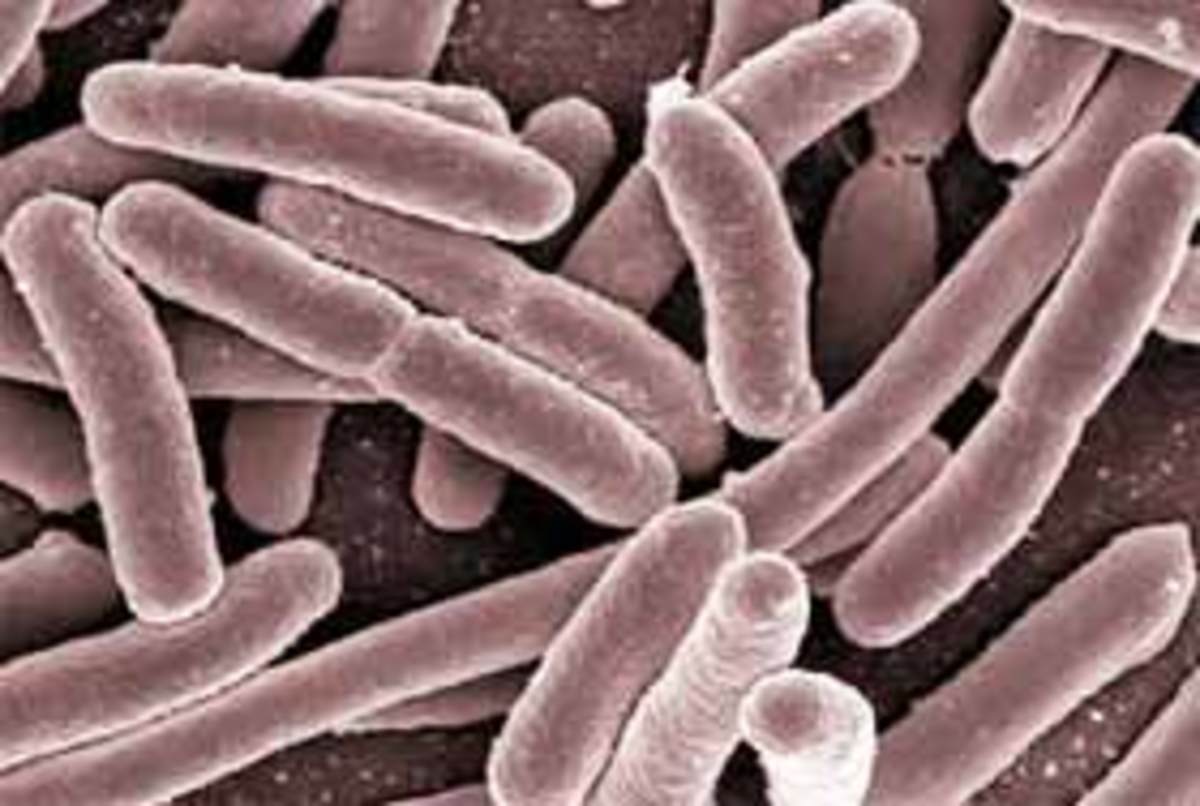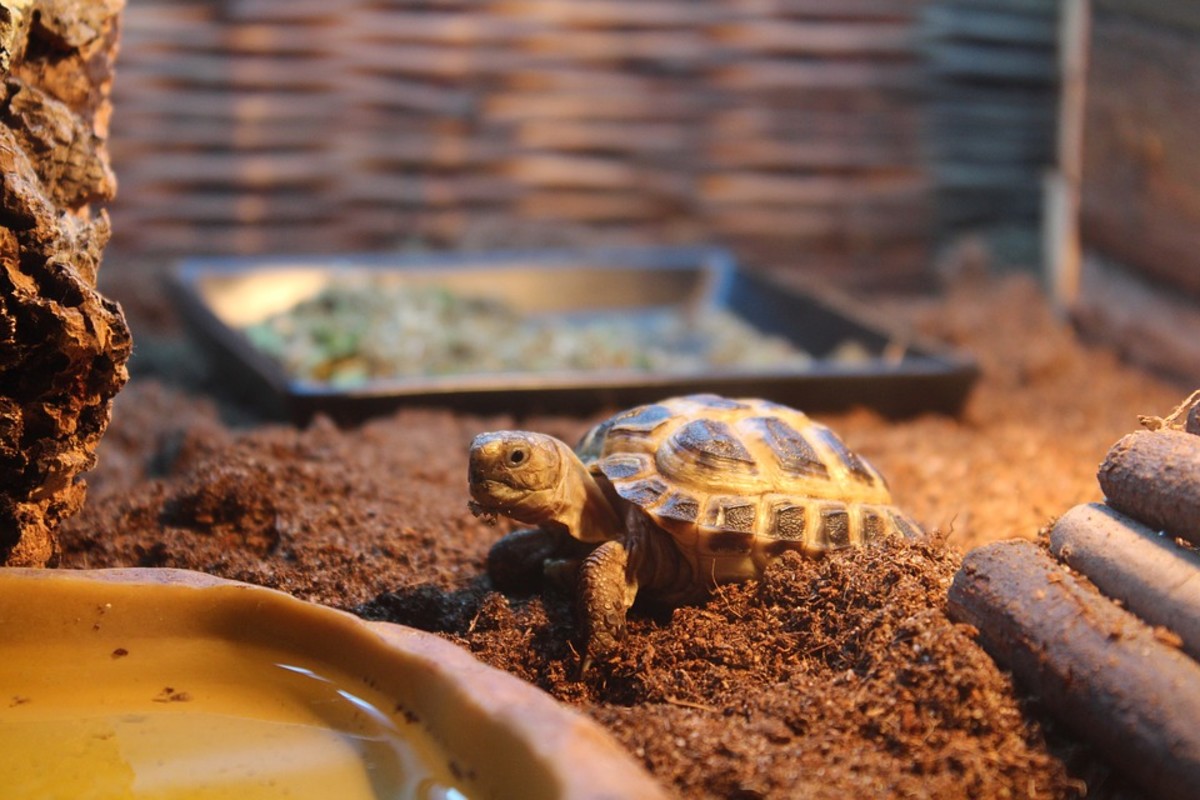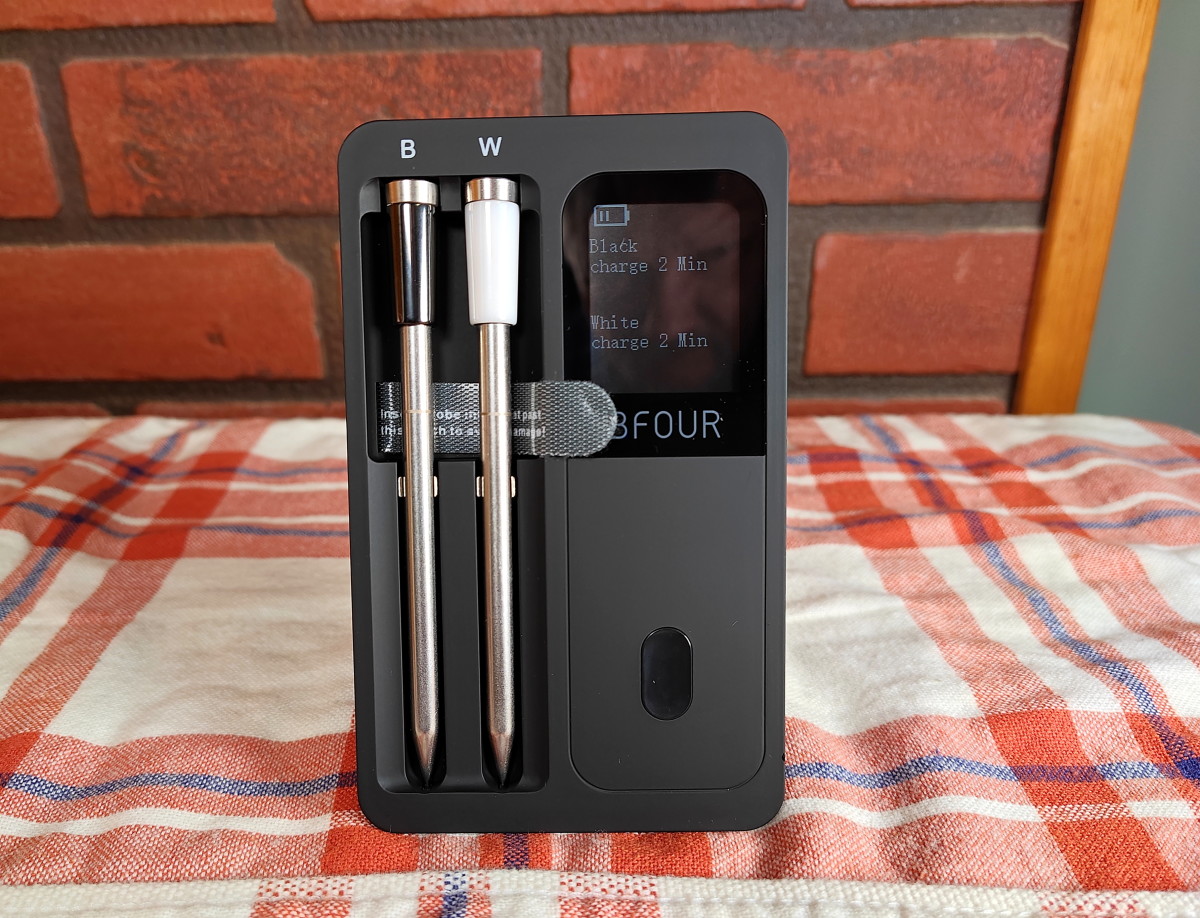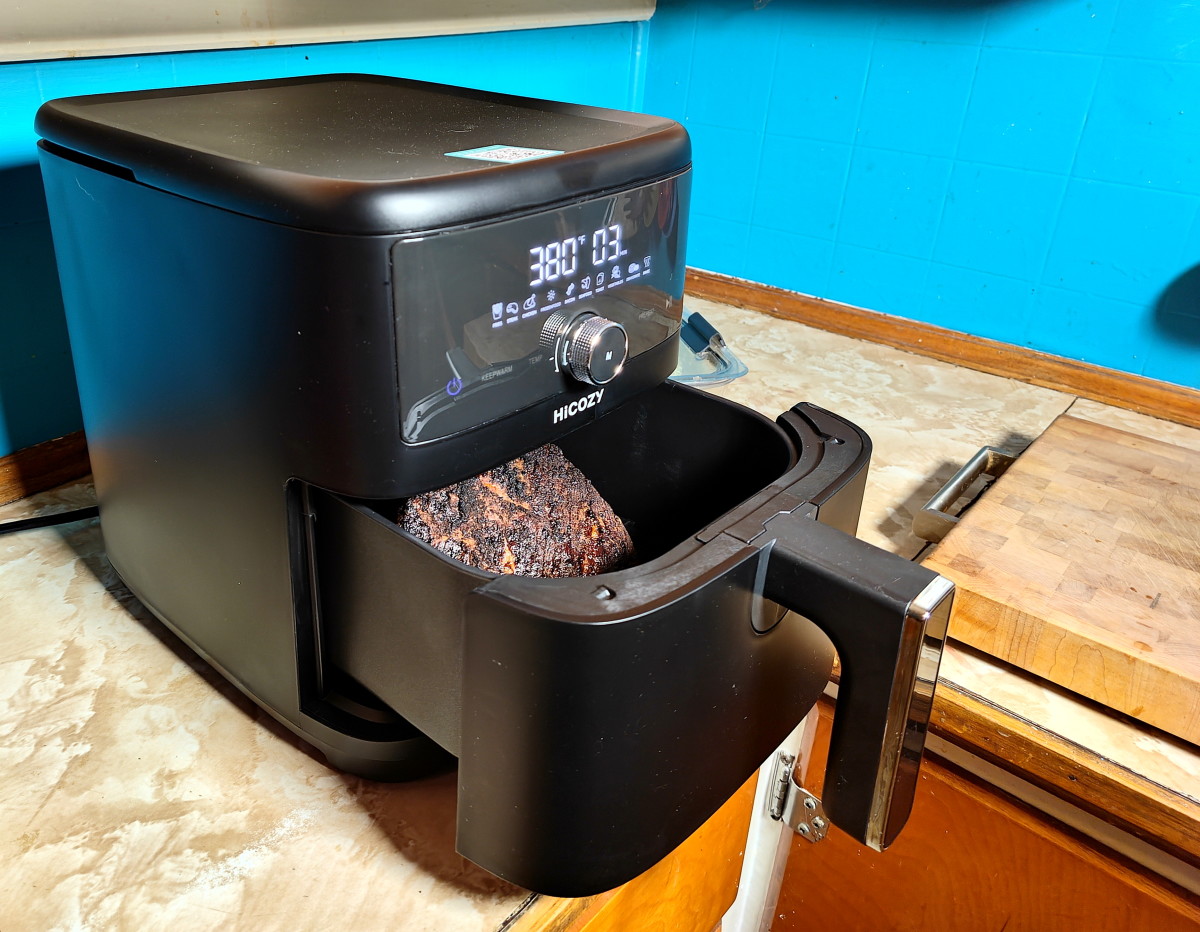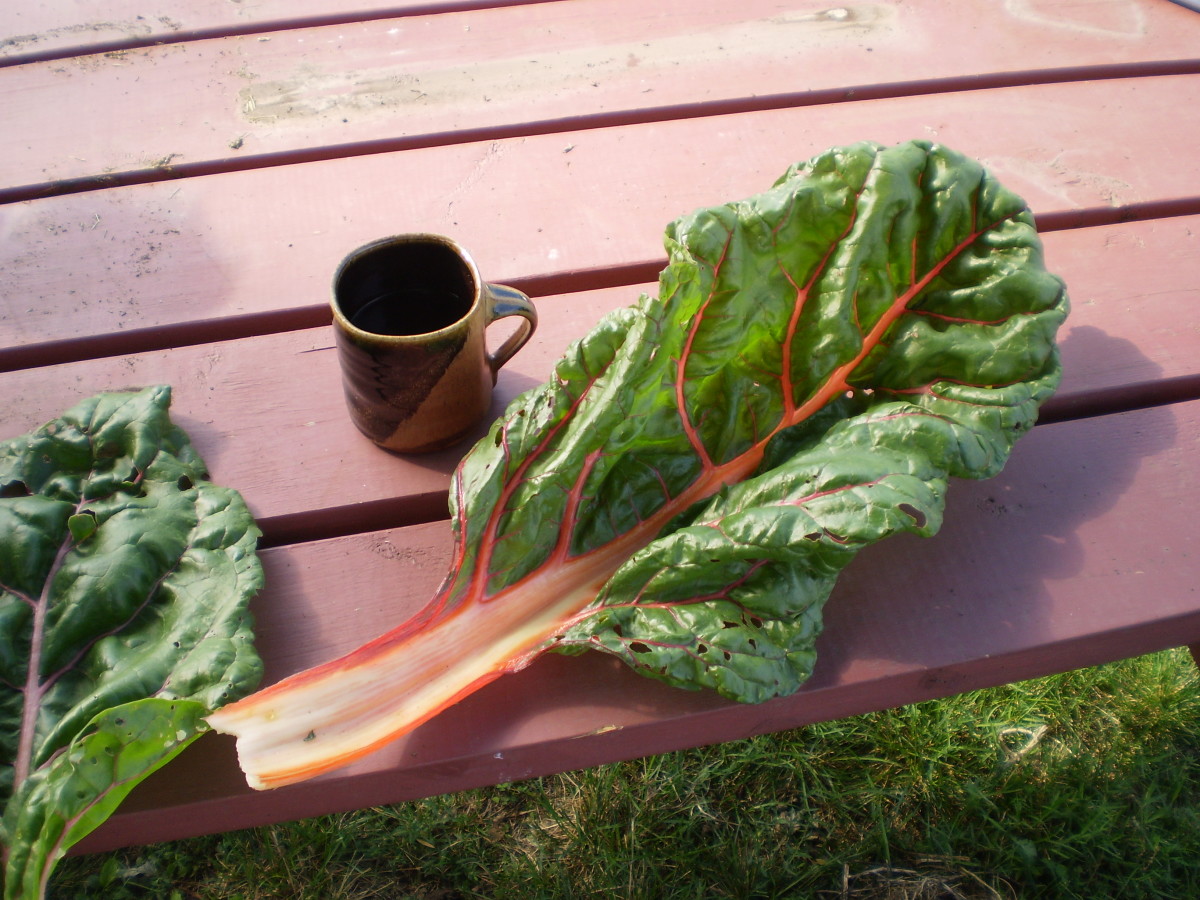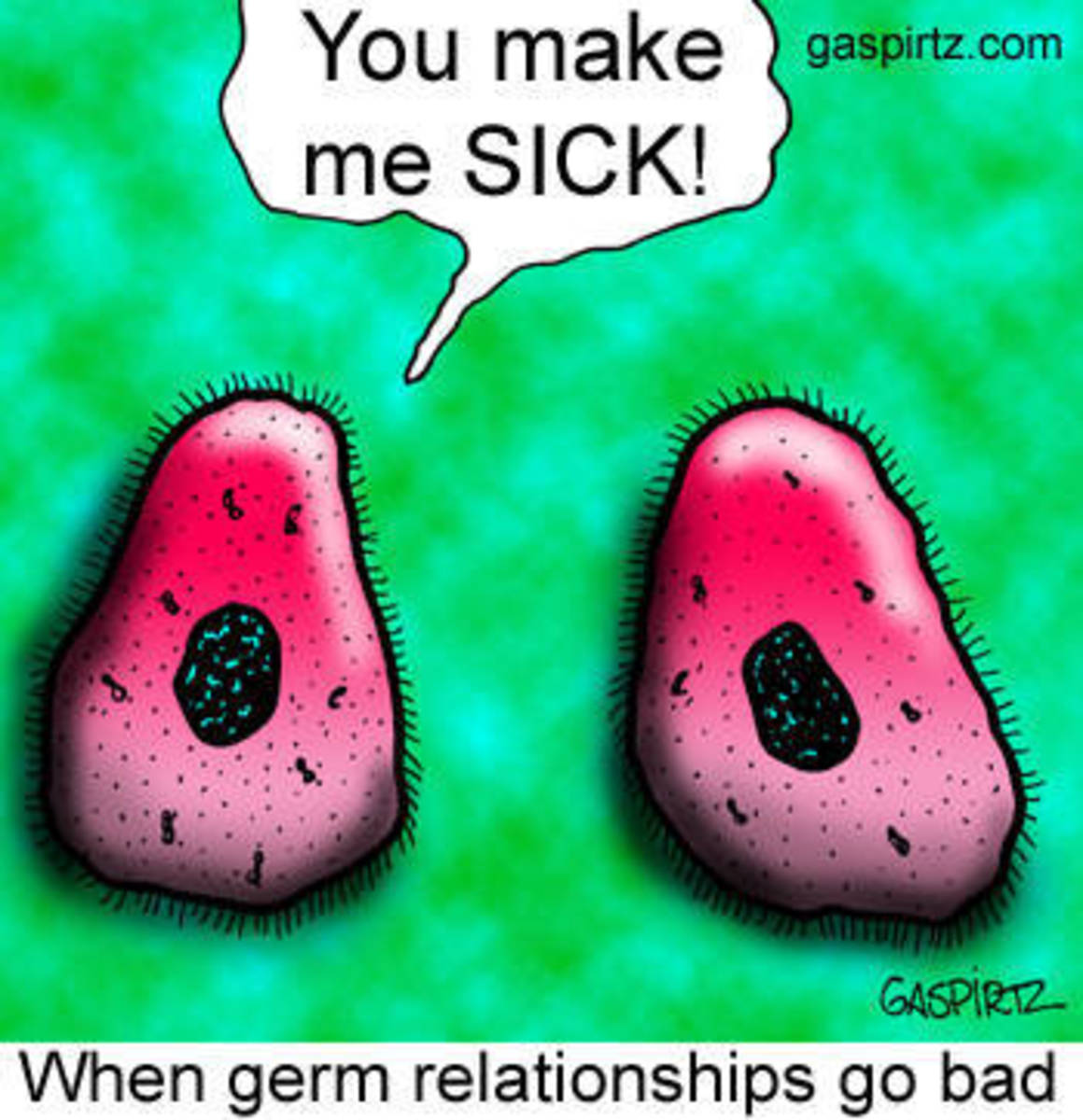Food Safety - How Not to Get Sick: Raw Foods Must Be Handled Correctly
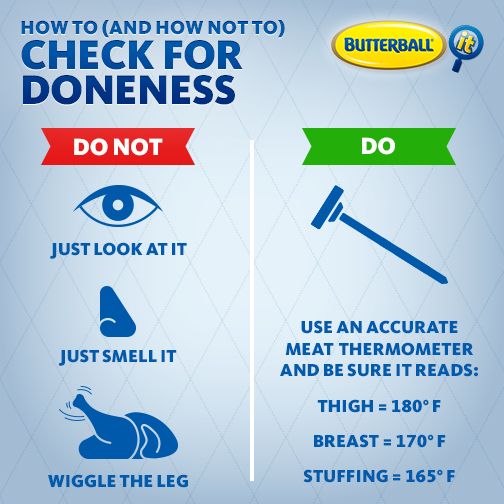
According To The CDC
Forty Eight million people get sick from a food-borne illness every year, while 128,000 are hospitalized, and 3,000 die. However, you can reduce or even eliminate the risk by following a few simple but tried and true methods for safe food handling and preparation.
There is nothing worse than spending hours getting ready for that family picnic, BBQ or holiday dinner and then someone gets sick afterwards. There is prevention, and it is simple and easy to understand once you have organized the family, and have a few simple supplies on hand with a dash of science tossed in.
You will learn how to use an instant read thermometer, and you will have a solid understanding of how cross contamination of food may lead to upset stomachs or worse.
Everyone from Uncle Bob to the little ones will understand the importance of hand washing, and Mom and Dad will know how to properly sanitize any preparation surface whether it is a picnic table or your counter top at home. The cook will know exactly how long the meat should cook to prevent illness and what temperatures are safe to serve any meat or prepared dish hot or cold. Mom Dad and the chef will learn about the USDA’s (United States Department of Agriculture) new guidelines on cooking cuts of meat.
People have been getting sick from eating food since the dawn of time. Before humans realized the benefits of cooking food over fire, they consumed food raw, raw meats, fish and so on.
Our bodies have evolved from eating raw foods to eating foods that have been cooked by heat. An errant lighting strike led to charred meat stuck on a stick to grills and ovens designed to heat our foods.
In years past families raised much of their own food, so thus, they knew the handling process and who had handled the product. Today we don’t know how many people handled the food product and how well they handled it. It is not safe to assume that everyone in the chain handled it properly. That is not to say that the professionals handle it wrong, it is just that along the way there are too many opportunities for contamination. Therefore, we will learn how to properly handle and prepare foods, in particular foods that are considered ready to eat such as much of our produce and in particular leafy produce and green onions.
It is picnic time or maybe a holiday feast, but it is also time to stop and get organized. Will you buy frozen burgers, or turkeys and/or already formed raw ones and toss on the grill, or will you make your own from ground beef? Raw ground beef can make you sick and has made many sick and worse over the years if not cooked and handled properly.
Bacteria that causes sickness lays in the intestinal tracks of feed animals, so ground meat can contain some bacteria. When the processing plant grinds up the meat they can contaminate the grinding process with the bacteria by various means. Whereas cuts of meat are solid so contamination if any is simply on the surface and not ground into the meat, because it is a solid piece so any cooking of the surface of solid cuts have destroyed the bacteria. Therefore, steak cuts can be cooked medium rare, medium and so on without fear of getting sick.
If you are going to make your own hamburgers it is important that you follow some simple steps. First make sure the ground beef is within the recommended sell date and that the beef had been held at the proper temperature. It is recommended by the USDA that all meats be stored at 38 degrees Fahrenheit or lower. Keep in mind this is storage with the idea of using within a few days after purchase, otherwise you need to freeze any that will not be used soon. It is advised to form the burgers at home and store at the proper temp and carry in a well chilled cooler to the picnic site.
To sanitize surfaces at home and at the picnic site use One Tablespoon of bleach to a gallon of water. This solution will destroy bacteria on your counter top or solid surface cutting board. Make sure and bring some for surfaces at the picnic site. You can do this right in your sink using a paper towel to wet surfaces; this will prevent your dish cloth from getting contaminated. The surface should remain wet with the solution for at least 2 minutes. For personal hygiene wash your hands with soap and warm water for 20 seconds at least. The bacteria are removed by the washing and rinsing process.
The burgers are made the hot dogs are in the cooler with plenty of ice to keep the temp at 38 degrees or below. It is very important to maintain proper cooling of your foods. Bacteria can grow when the temperature is between 40 degrees and 140 degrees Fahrenheit. It is important not to let your products be out of temp any longer that 2 hours, and if it is a warm day keep it at one hour or less.
Hot dogs must be cooked thoroughly, it is recommended by the USDA to cook them to an internal temperature of 160 degrees Fahrenheit. This is where a good instant read thermometer comes in handy. You can use it to check the temperature of any meat. You might want some BBQ chicken with the picnic and the same rules apply for handling chicken.
Do not allow the product to contaminate any surface without sanitizing that surface prior to preparing any other foods. Raw chicken or ground beef that brushed up against any raw onion or lettuce for the burgers can cross contaminate. The surface that was used to handle chicken or ground beef will contaminate any product that is put on the surface unless the surface is cleaned with the bleach solution.
Wash hands always after handling raw product before touching any surface or food product that will not be cooked thoroughly. You love green onions and lettuce, many do, and some have gotten sick from eating contaminated lettuce and onions. The way to prevent sickness is to wash and thoroughly rinse the lettuce and onions and any produce product that can be eaten raw.
Wash all produce even the heavy skinned ones where you do not eat the skin, this prevents any chance of the skin of produce contaminating the inner fruit, you never know who has handled the fruit at the store or processing plant, so washing well eliminates the guess work.
You want to get the beach or the lake or even the backyard, so let’s recap and add some essential temperatures that meats must be cooked to be safe, and a way to insure that the instant read thermometer you picked up is calibrated. The age old question of ice on top or the bottom will be answered also.
Poultry, which is any chicken or turkey or any feathered edible animal must be cooked to an internal temperature of 165 degrees Fahrenheit, make sure the probe is inserted into meat and not any cavities of the bird. Ground beef must be cooked to an internal temperature of 160 degrees Fahrenheit. The USDA now has new guidelines for cooking cut meats, such as a beef roast or pork roast. The new guideline for beef is that the internal temperature reaches at least 145 degrees Fahrenheit and the meat after being removed from the heat source is allowed to rest for three minutes, this allows the meat to maintain temperature a little longer to ensure proper cooking temperatures. Pork must be cooked to an internal temperature of at least 145 degrees Fahrenheit and also allow it to rest for three minutes after being removed from the heat. This is all according to the United States Department of Agriculture (USDA).
Water boils at 212 degrees Fahrenheit at sea level ( for every 500 feet above sea level deduct one degree from 212 for the boiling point) and ice freezes at 32 degrees Fahrenheit. If you have an instant read thermometer and what to check to see if it will read correctly. Boil some water and insert the probe safely into the boiling water the probe should read 212 degrees, if not there is usually an adjustment screw or nut under the dial that can be adjusted, simply adjust until it reads 212 while in the water. You can do the same with a glass of ice cubes and water the instant read should read 32 degrees when inserted in the glass, if not use the adjustment procedure to correct it.
Let’s go over a few essentials again to make sure everyone stays healthy this summer. One tablespoon of bleach to a gallon of water will sanitize that is to say kill bacteria on prep surfaces. Wash your hands for 20 seconds or more with warm soapy water. Make sure your instant read thermometer is calibrated. Put any food products in the bottom of the cooler, cold air settles so ice chills from the top down. You can use baggies or any method to keep your salads and meats from getting water logged, but it is important to keep your food chilled, by using plenty of ice or ice packs and check regularly for proper temperature. Your picnic awaits and now you can be assured no one will get sick from food bacteria. Oh and don’t forget the sanitizing solution to use at the picnic site, and wash your hands.
United States Department of Agriculture. (2011, May 24). Retrieved July 1, 2011, from http://www.usda.gov


